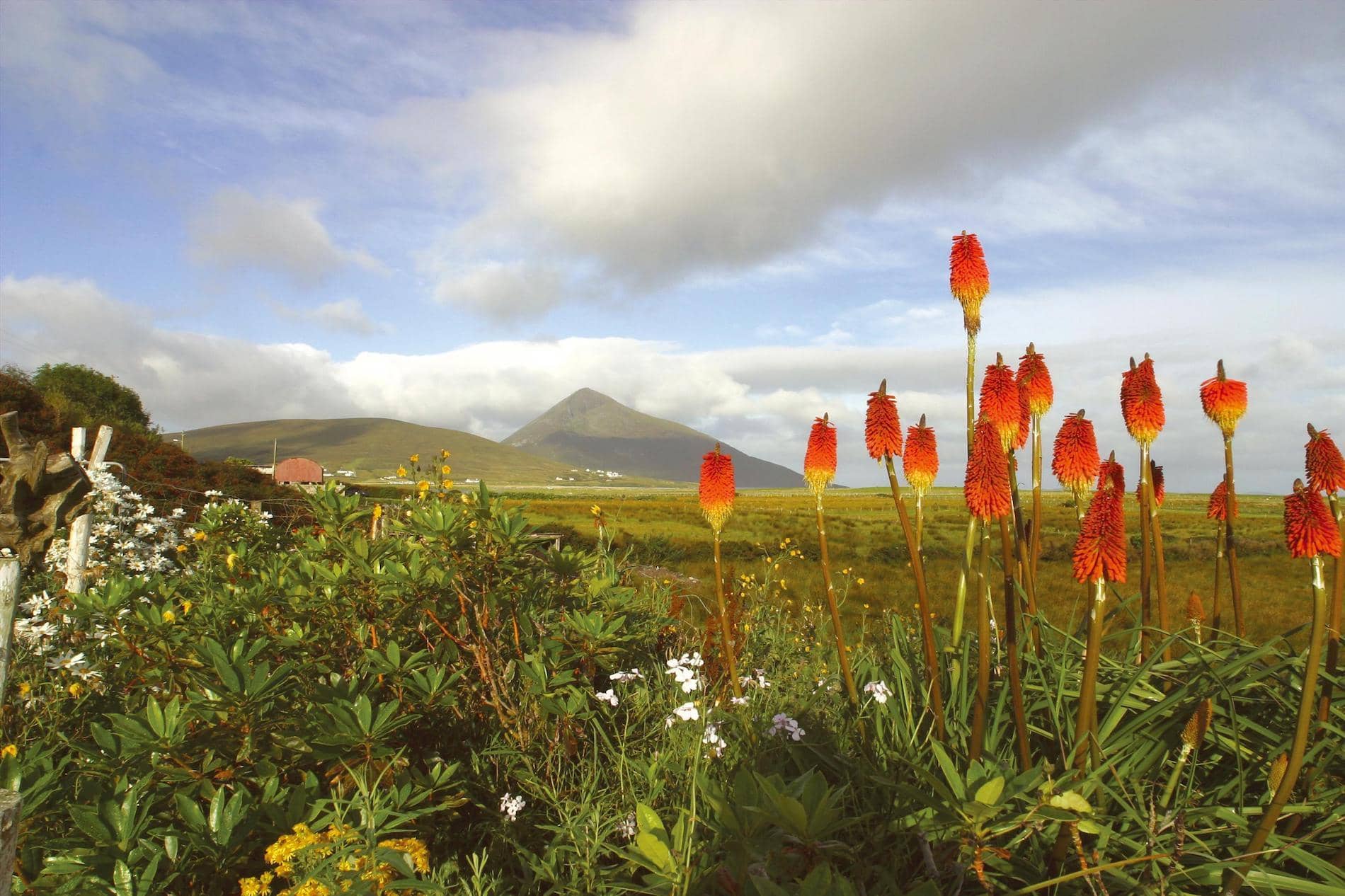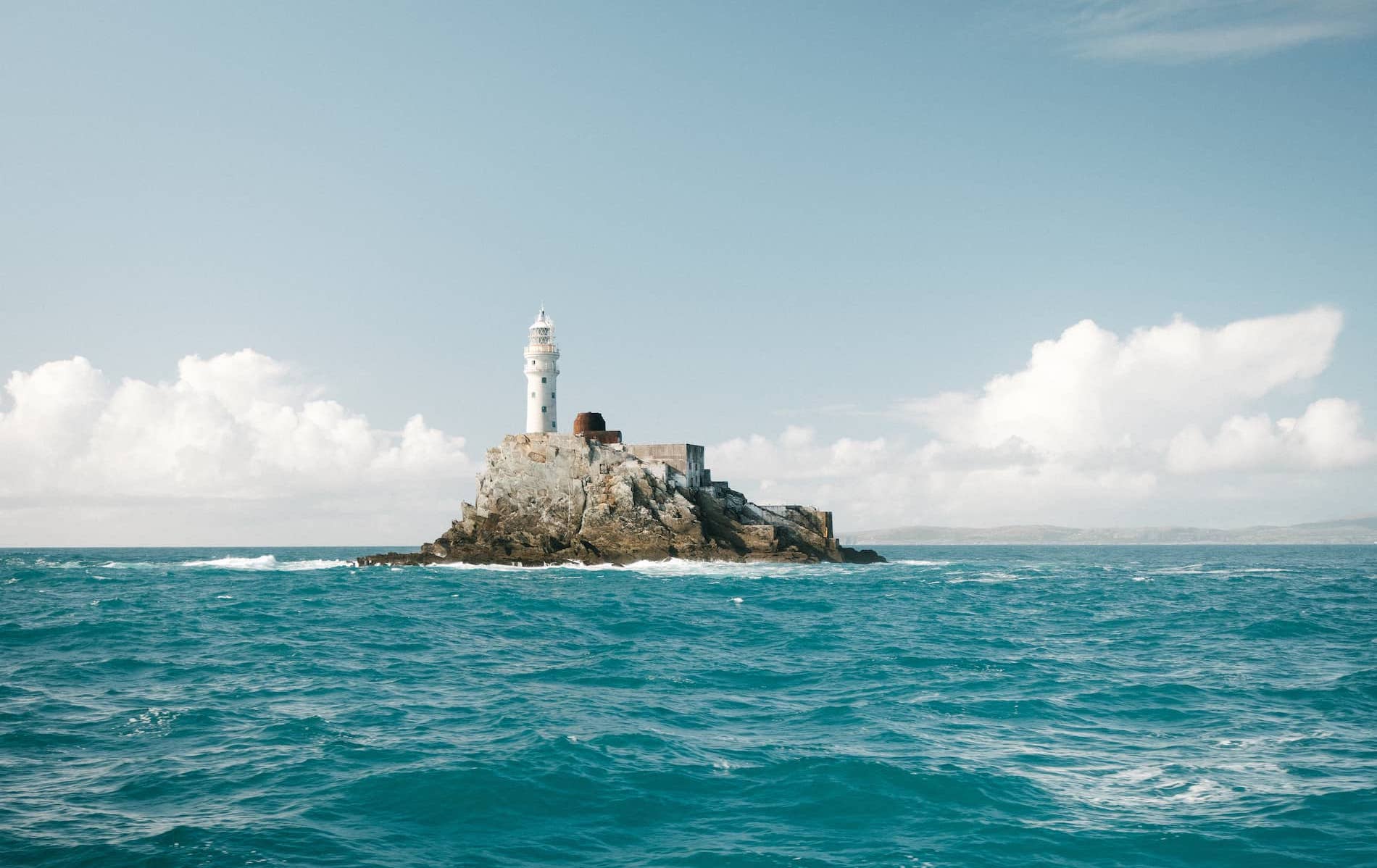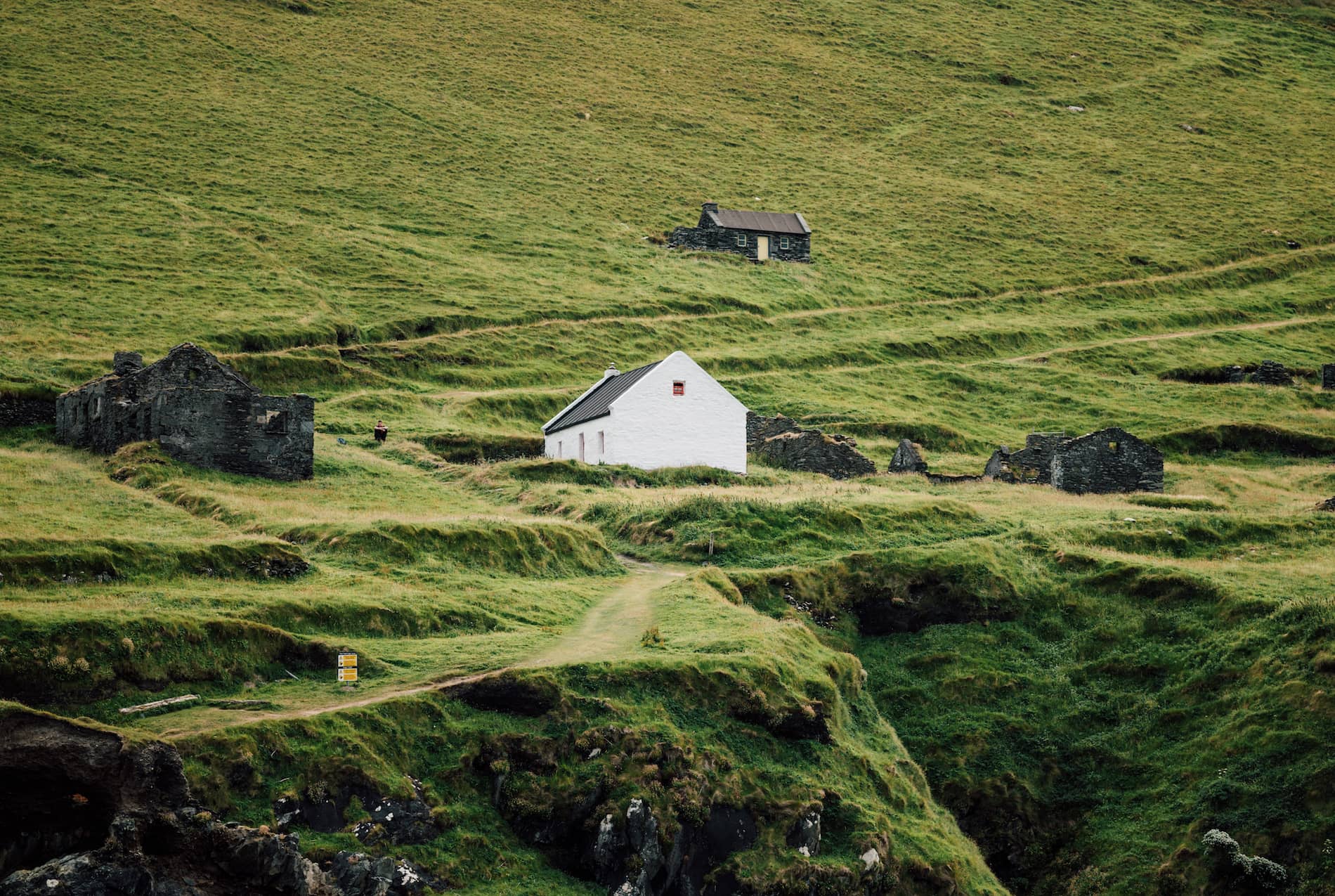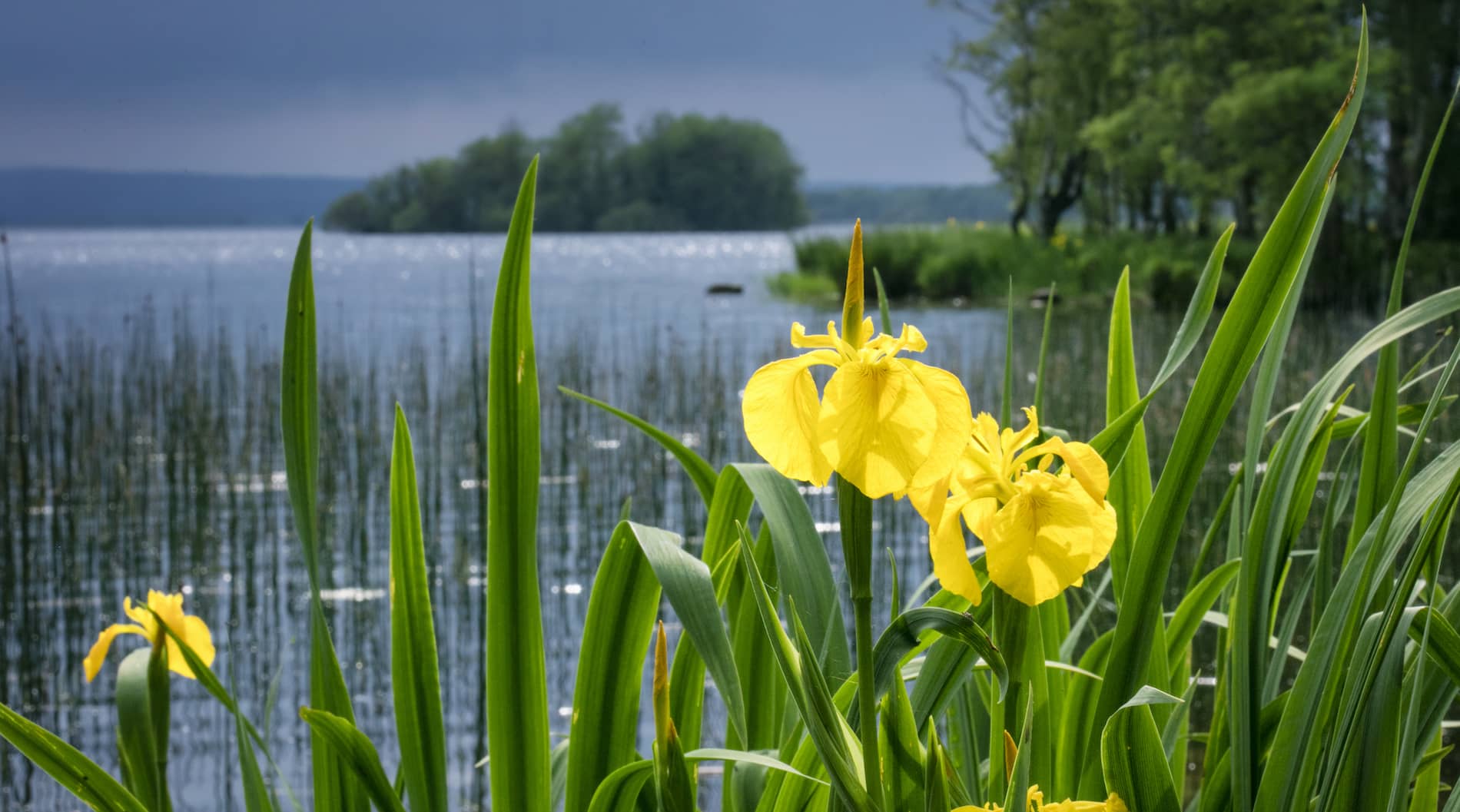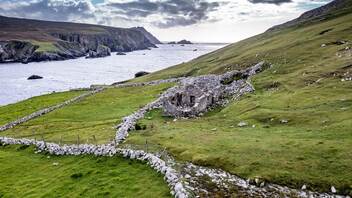
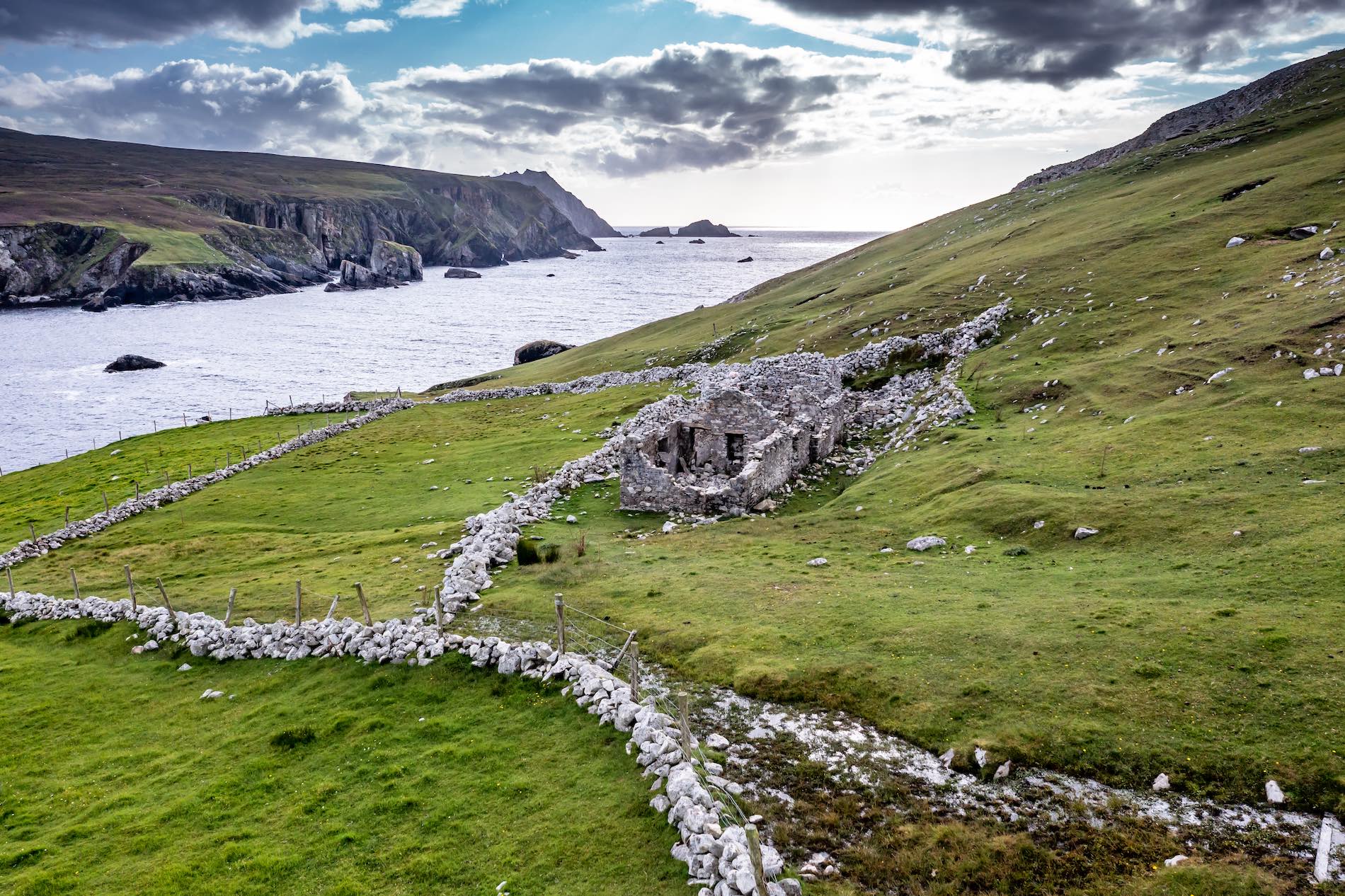
5 haunting ghost towns in Ireland
1. Port, County Donegal
One thing’s for sure – the people of Port in County Donegal must have felt quite torn about leaving such a beautiful home behind. Situated near Glencolmcille along a rugged one-lane road, the ghost village of Port lies on a hillside overlooking a stony beach on the breathtaking Wild Atlantic Way.
It’s believed that all its inhabitants left together during the Famine in the mid 1800s, leaving it totally deserted. And then there’s the death of Siobhan Neill – daughter of the head of the O’Boyle Clan. So the story goes, Siobhan ran away to Port to escape an arranged marriage and her betrothed followed her and drowned her in the nearby stream...
Ireland's ghostly deserted villages
L-R: Galboly, County Antrim; Port, County Donegal; Slievemore, County Mayo; Rindoon, County Roscommon © Irish Walled Towns Network/Heritage Council of Ireland
2. Clonmines, County Wexford
Said to be one of Ireland’s best-preserved medieval towns, the 13th century hamlet of Clonmines in County Wexford was established by Norman knight William Marshal as a port town. Many of the structures are well preserved, including two tower houses, two fortified churches, and an Augustinian Friary.
The town was slowly abandoned in the 17th century probably due to its remote location and the allure of the lively neighbouring port town of New Ross. Now, it stands as an eerie relic of times past.
3. Slievemore, County Mayo
On Achill Island, in the foothills of Slievemore Mountain, lie the ruins of almost 100 stone dwellings known locally as “the Deserted Village”. These crumbling cottages date back to medieval times, however, they were occupied until the 1940s as booley homes. “Booleying” is an Irish term for the practice of transhumance – the seasonal movement of livestock to better grazing lands.
This deserted village is the last place it was practised in Ireland. These remote booley locations came with their own tales of folklore and danger. It’s said that the Cailleach (hag) cursed residents at night or appeared in the form of a hare to steal milk from the cows.

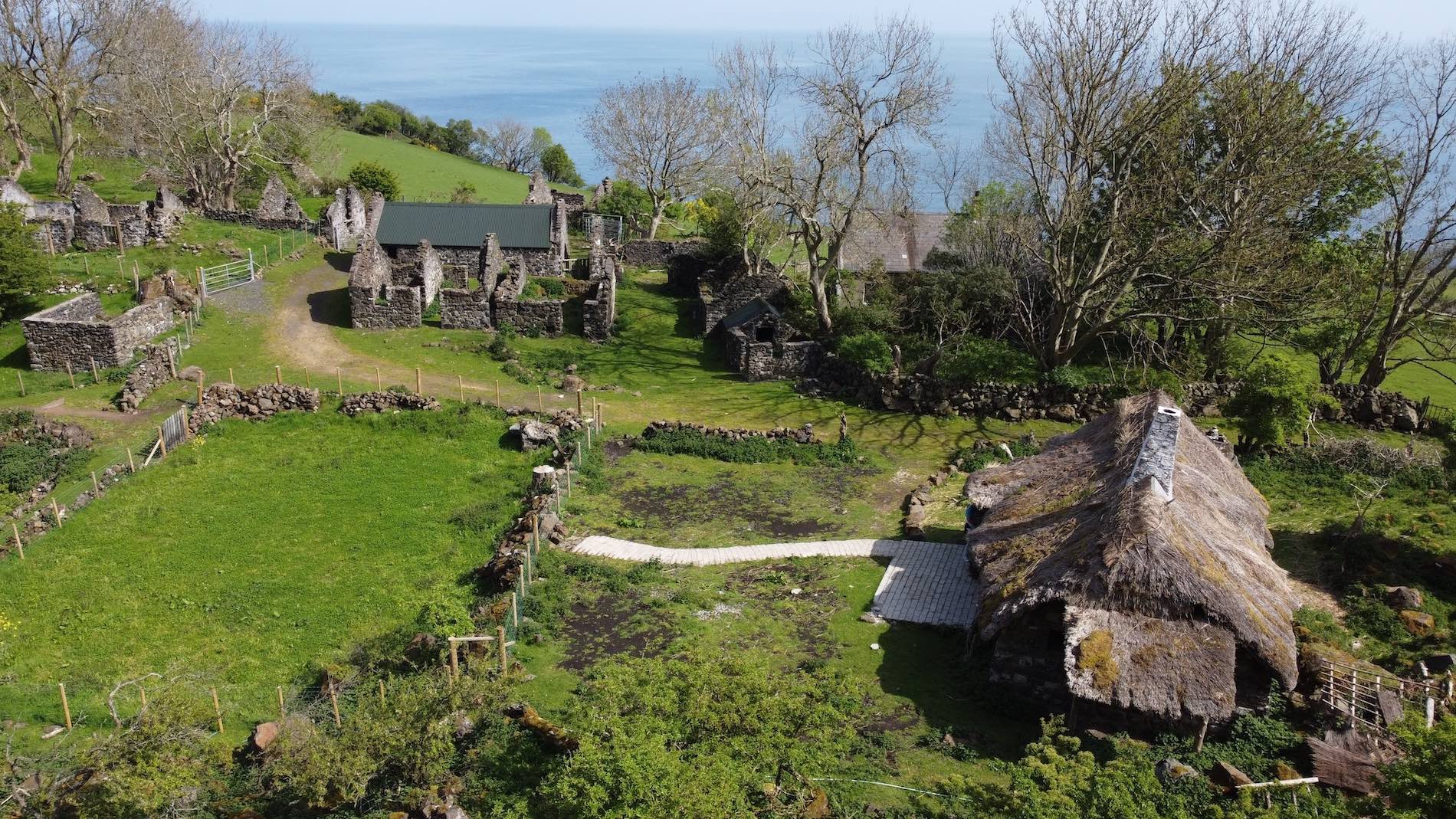
Galboly, County Antrim
4. Galboly, County Antrim
The lonely remains of Galboly village in County Antrim were brought back to life in recent times thanks to the hit HBO series Game of Thrones®. The production team filmed several scenes here, using the village as the backdrop to Runestone in seasons 5 and 6. Situated amidst the stunning Glens of Antrim, Galboly was once home to over 60 people in the late 1800s.
The village was slowly abandoned until only six remained in the 1950s. Remarkably, its final resident, a monk from Portglenone Abbey, lived here in solitude with no electricity or running water until his death in 2013.
5. Rindoon, County Roscommon
Built on a fortified peninsula on the western shores of Lough Ree, the Anglo-Norman village of Rindoon in County Roscommon is one of Ireland’s most impressive medieval sites. This Special Area of Conservation is home to the ruins of a castle, jetties in the harbour, a hospital, medieval house foundations, a church, windmill, fishpond, and a wall that has spanned the width of the peninsula for eight centuries.
Locals often describe this incredible place as a “storybook in stone”. And while its story ended in attacks by local Gaelic chieftains and possible devastation by the Black Death (as the plague was known), this isolated hamlet is a real treasure of Ireland’s medieval past.







